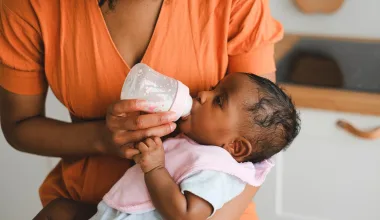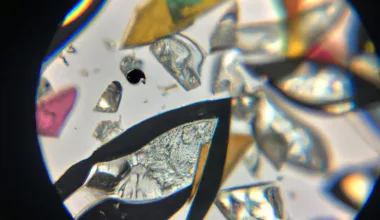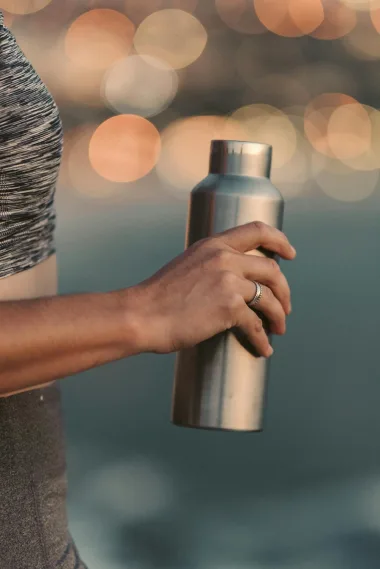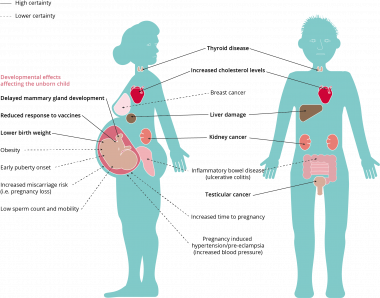Last Updated on October 24, 2023 by Ecologica Life
Plastics are used to package our vegetables and meats. Some are being used to contain the tea leaves that we carelessly dip into hot cups of water. Farm animals are even being fed large amounts of plastic legally. These plastics degrade into microplastics. But what are microplastics?
The term microplastics was first coined in 2004 by marine ecologist Richard Thompson to describe plastic fragments that are tiny less than 0.5mm in length.
There are two types of microplastics: Primary and secondary microplastics.
Primary microplastics are those that are manufactured intentionally to be small, such as glitter or in exfoliating face wash (which many products are choosing to discard in favour of natural products).
Secondary microplastics come from macro plastics (big plastics) such as plastic bags, containers etc that have degraded into smaller microplastic particles.
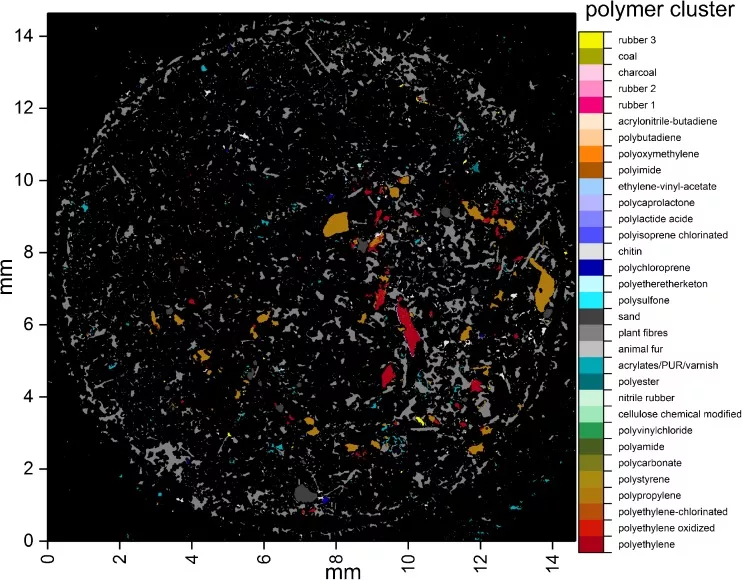
Microplastic Pollution
Since their discovery, scientists have found microplastics in just about everywhere. In the Ocean, in Antarctic snow, drinking water, beer, meat, shellfish and table salt. Plastic infant feeding bottles have recently been discovered to shed millions of microplastic particles when milk formula is prepared inside them.
Microplastics have even been found drifting in the air and falling in rain over mountains and cities. Microplastics have even been found in human blood. Below you can see a video of microplastics that have been found in processed cheese.
The first microplastic studies focused on microplastics in the ocean. This included microbeads from personal care products as well as small fragments that erode from bottles and other discarded plastic items. Oceanographers estimated in 2015 that there were between 15 trillion and 51 trillion microplastic particles floating in surface waters worldwide.
Since then, additional sources of microplastic have been discovered, including synthetic microfibres shed from clothing and plastic specks that come off car tyres on roadways. Microplastics can be carried by the wind and so people might be inhaling or eating plastic from just about anywhere.
The problem with measuring and quantifying microplastics is that they come in a whole range of shapes and sizes. With some microplastics being the size of a grain of sand and others being smaller than a human cell, that’s small enough to cross the blood brain barrier!
Nanoplastic Pollution
To better classify and measure these range of microplastics, in 2018 French scientists coined the term nano plastics. These are plastics smaller than 1mm in length, and it is nano plastics that has many scientists especially worried.
Unfortunately, we have little idea about how nano plastics are affecting human health. Because they are so small and come from different sources, it is very time consuming and expensive to extract and quantify these nano plastics.
Microplastics in Food
Unfortunately, microplastics can be found in everything you eat or drink. But drinking water is where you can find the most microplastics in your diet. In one 2018 investigation, a group from Pennsylvania State University found plastic particles in 93% of sampled bottle water. In another study from the year prior, microplastics were discovered in 83% of the tap water samples from throughout the world (the United States had the worst, with a 94% rate of tap water contamination).
In other research, microplastics have been discovered in beer, honey, table salt, wines with polyethylene stoppers and rice. Fruits and vegetables like apples, broccoli and carrots can also contain microplastics. This is because plants can absorb nanoplastics through their root systems. Additionally, plastic mesh tea bags leak billions of microplastic particles into hot water.
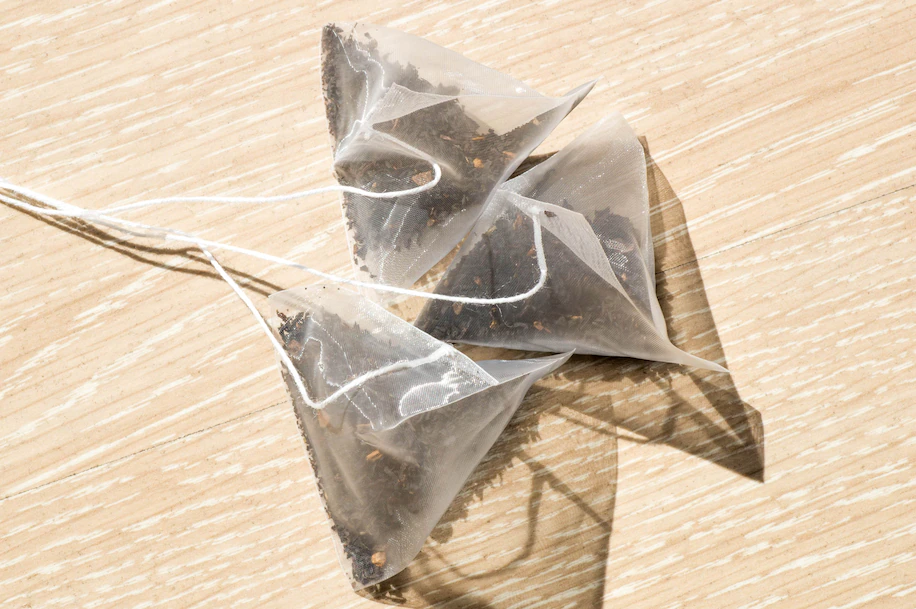
Microplastics in Humans
Unfortunately, there is no published study that has yet specifically explored how microplastics affect human health. Studies have tried feeding microplastics to rats, while the overall health of the rats was not affected greatly, microplastics were observed to cause intestinal inflammation, decrease sperm counts as well as fewer and smaller pups.
Research suggests that the typical human could consume 5 grams – or about the weight of a credit card – of microplastics each week. These numbers, which include solely microplastic particles, are probably low estimates. Nano-sized plastic particles are even smaller than microplastics and are frequently unaccounted for because they are difficult to identify, and consequently, quantify.
One thing is for sure, our consumption of micro and nanoplastics is only going to increase as time goes on. Each year, about 400 million tonnes of plastic are manufactured, and by 2050, that volume is expected to more than double. Even if plastic manufacture magically came to an end tomorrow, the estimated 5 billion tons of plastic waste already in landfills and the environment would continue to break down into minute particles that are hard to collect or clean up, steadily increasing microplastic levels.
While the downstream health effects of this increase in consumption of plastic are not yet fully understood, it is safe to assume that we should not be consuming any plastic whatsoever.
If you want to reduce your microplastic consumption, read our tips to avoid microplastics article.

